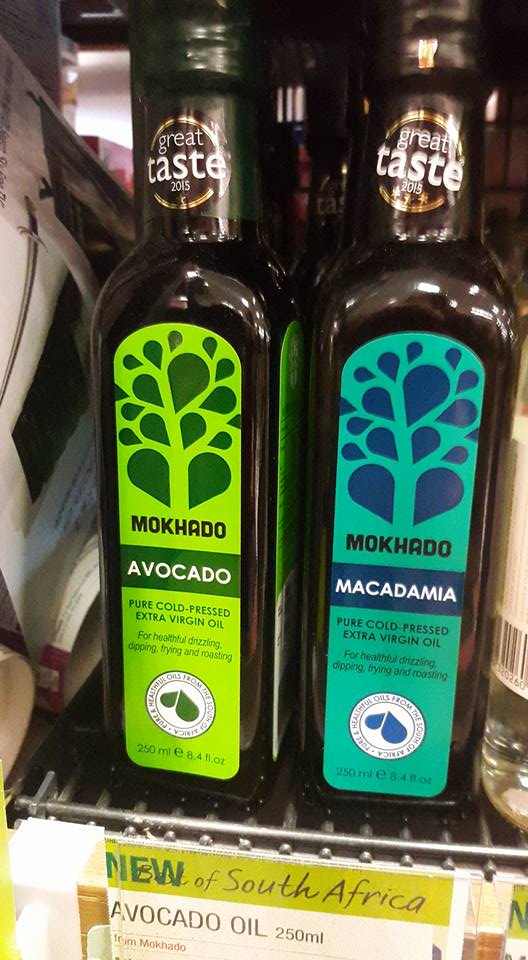
Crafting Cosmetics at Home: Essential Ingredients Shopping List
Embarking on the journey of making cosmetics at home is an exciting endeavor that offers a sense of creativity, customization, and control over the products you use on your skin. Whether you’re interested in whipping up luxurious creams, soothing balms, or vibrant lipsticks, having the right ingredients on hand is essential for successful formulations. Here’s a comprehensive shopping list of essential ingredients to kickstart your DIY cosmetic crafting journey:
Don’t get overwhelmed with this list, this is only an example of FEW ingredients that I like the most. You can buy lots more and lots less too. I began my making cosmetic journey with ONLY 10 ingredients in total and used equipment from my kitchen I used to store all of them in a big tupperware. Still could make lots of beautiful products. By choosing one per category is enough to start
Before diving into DIY cosmetic formulation, it’s essential to familiarize yourself with the properties and safety guidelines of each ingredient, as well as basic formulation techniques. Additionally, always perform patch tests and follow good manufacturing practices to ensure the safety and efficacy of your homemade cosmetics. With this comprehensive shopping list and a passion for skincare crafting, you’re well-equipped to embark on a journey of creativity and self-care through DIY cosmetics.
If you are thinking in creating your own skincare range to sell to the public in Ireland and/or Europe , have a look to my complete manual on how to sell your skincare products and comply EU cosmetic regulations . Believe me if you start googling the answer to this, you will not find it. It is real mess and complicated, this is the reason I wrote this manual step-by-step guide to help many skincare entrepreneurs .
Cheers